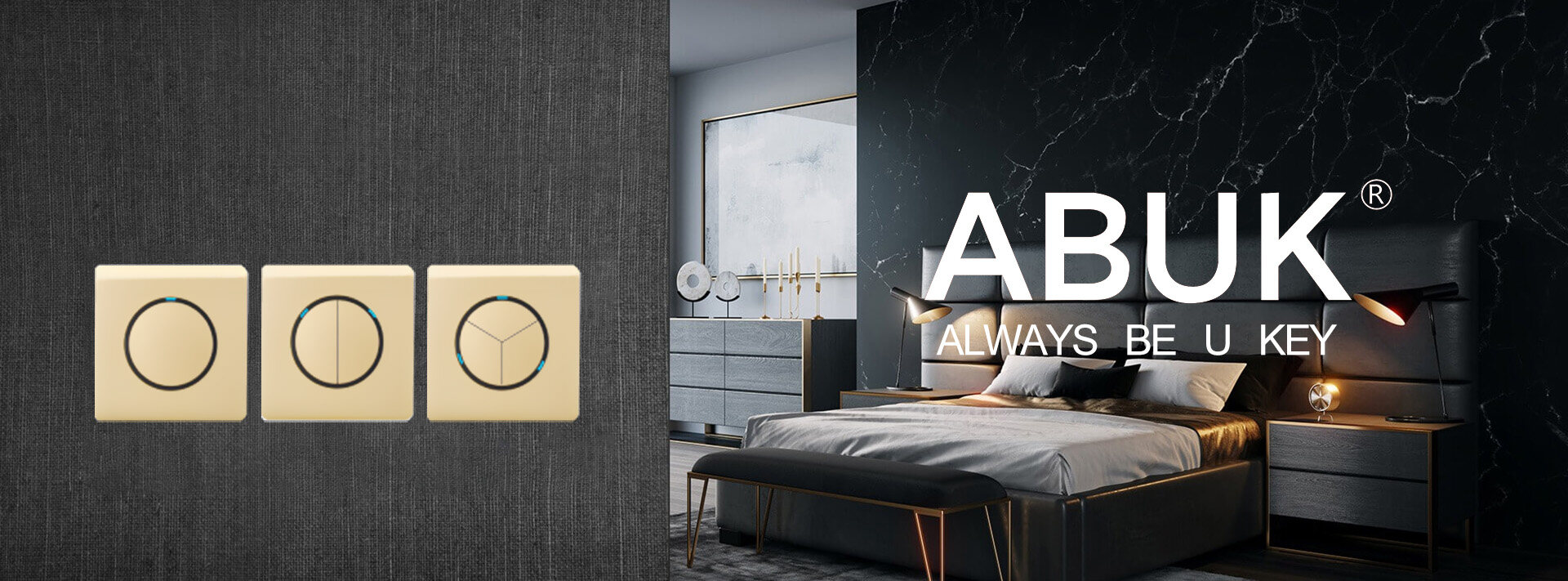Email format error
Email cannot be empty
Email already exists
6-20 characters(letters plus numbers only)
The password is inconsistent
Email format error
Email cannot be empty
Email does not exist
6-20 characters(letters plus numbers only)
The password is inconsistent



Switch sockets have become an essential component in households, providing a convenient and efficient way to control power for fixed electrical appliances. These sockets are particularly popular in kitchens, where appliances like rice cookers, pressure cookers, and electric kettles are commonly used. By simply plugging in the appliance and using the switch, users can easily turn the power on and off without the hassle of constantly unplugging the plug. This not only saves time but also extends the lifespan of the socket by reducing wear and tear caused by frequent plugging and unplugging.
However, there are situations where users may require an additional switch to control other electrical appliances but are hesitant to install a new switch by creating a hole in the wall. The good news is that it is indeed possible to modify the switch on the socket to function as a separate switch, and the process is relatively simple.
Considerations for Modifying Switch Sockets: When and Why to Do It
To modify the switch on the socket, it is important to first open the socket and locate the live wire connected to the switch. Once located, remove the live wire from the switch and disconnect the L socket from the switch. The next step is to connect the L socket to the wire that is not controlled by the switch. It is crucial to note that the N socket should remain connected to the zero line, and the earth line should remain unchanged. By following these steps, the switch on the socket can be transformed into an independent switch capable of controlling any other electrical appliance.
While switch sockets offer incredible convenience for everyday use, it is generally not advisable to modify the switch into a separate switch unless there is a specific need. Modifying the switch without a valid reason would be a waste of resources and effort. Therefore, it is crucial to carefully consider the installation of switch sockets during the initial house circuit planning. By preparing for possible future additions and allowing for scalability, homeowners can ensure that their electrical needs are met without the need for extensive modifications.
The Importance of Initial House Circuit Planning: Avoiding Unnecessary Modifications
In conclusion, switch sockets provide unparalleled convenience in controlling power for fixed electrical appliances. However, modifying the switch on the socket into a separate switch should be done with caution and only when necessary. By planning ahead and strategically installing switch sockets, homeowners can enjoy the benefits of convenience and flexibility without the need for extensive modifications. So, consider incorporating switch sockets into your household circuit planning and experience the convenience and modification possibilities they offer.
Switch sockets are a practical solution for controlling power in fixed electrical appliances. They provide convenience and flexibility without the need for extensive modifications. By strategically installing switch sockets, homeowners can easily turn on or off appliances without reaching for the main switchboard. This not only saves time but also allows for better energy management. It is important, however, to exercise caution when modifying the switch on the socket into a separate switch. This should only be done when necessary to avoid any potential hazards. Planning ahead and incorporating switch sockets into your household circuit planning can enhance your overall experience by providing you with the convenience and modification possibilities you desire. So why not make use of this simple yet effective solution?